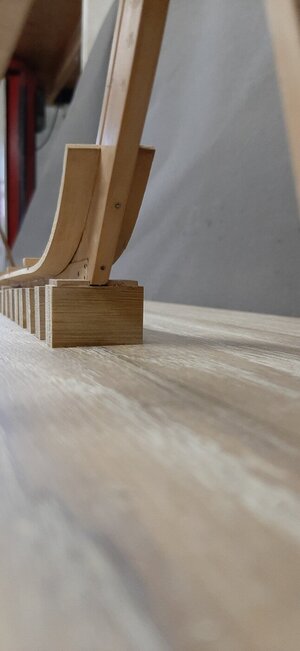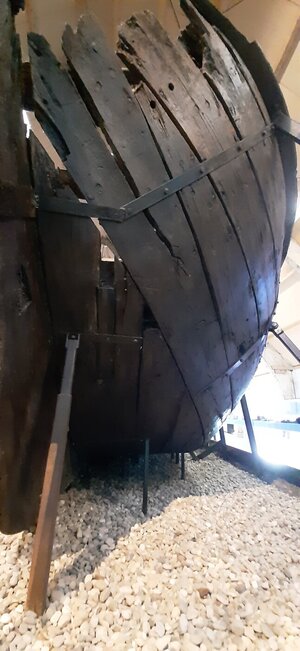I'm not sure if I understand the discussion here. What I was trying to say in the book was that there are several methods to plank a hull. The sharper the bow, the bigger the chance that all strakes end at the stempost. In shapes like the fluit often the bottom strakes end against the lower bilge strake, like here:
View attachment 377816
This is a picture of a 'narrow ship' (smalschip) by the way. Also a very wide body, not unlike the fluit. Other solutions however were applied as well, like Maarten's research shows (parallel planks, of which some end against the stem and stern, some against the lower wale. I don't know if the way of planking caused the difference between a fluit and a pinas, but I doubt it. It might just as well have to do with the shipbuilder's preference and his available wood stock. And of course the fact that he had to make sure that both sides of the outside of the bottom and the top of the turn of the bilge were symmetrical and not too high, like I showed in the picture. Also he had to keep in mind that the 'huidigt' (the distance between the top of the turn of the bilge and the master ribband (scheerstrook)) had to be planked in the cheapest and easiest way. Several conditions to keep an eye on.
Sorry for my infringement.
Oh, and Maarten: the exact location where the garboard strake begins to turn vertical near the sternpost is crucial in the design. Too close to the stern and the shape becomes too bulky, too far away and the ship will become sleek. See Van Yk, page 67-72. I trust you found your location by studying your draught...
Good luck,
Ab
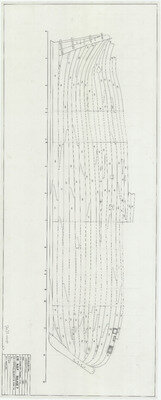
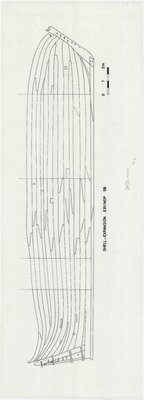



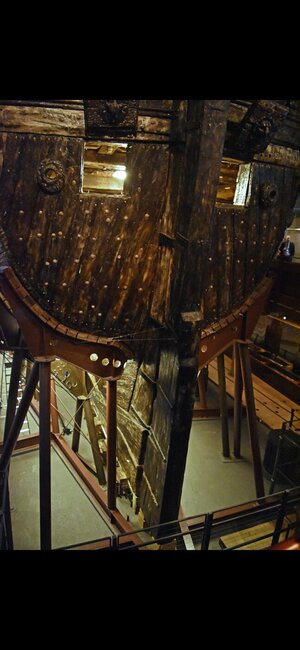
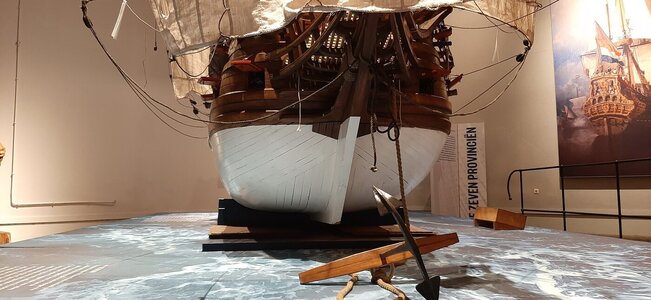

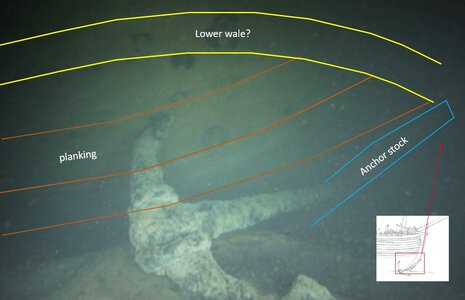
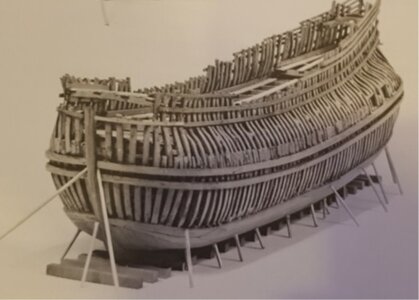
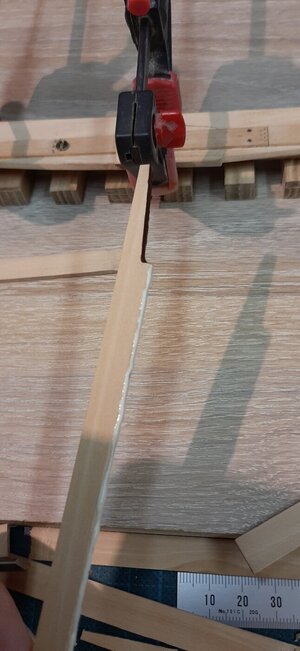
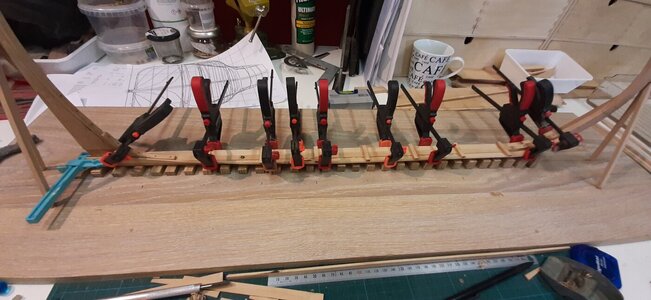
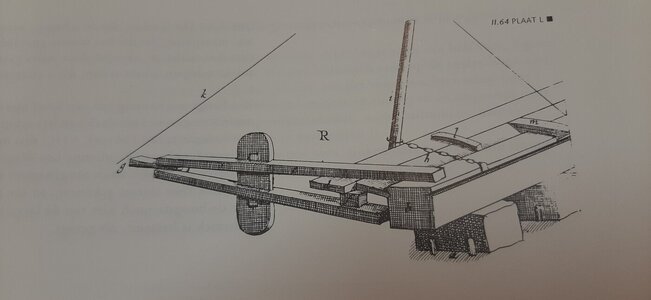
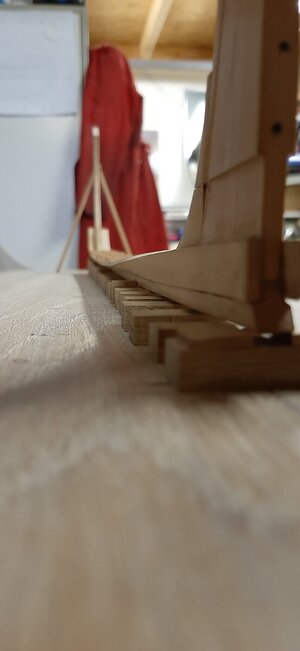
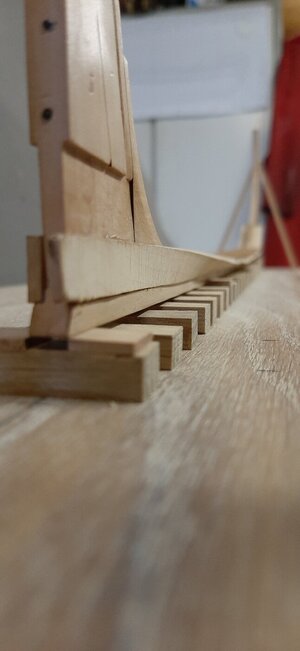
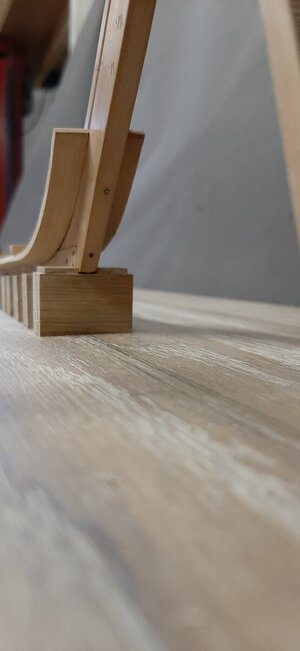
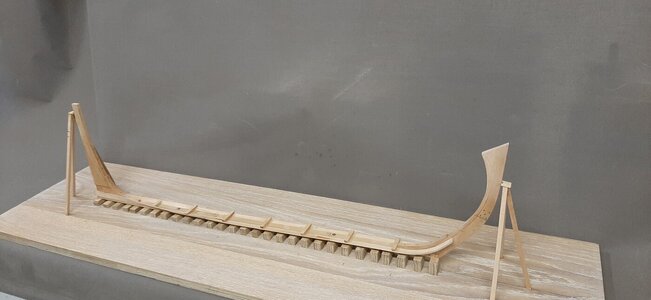
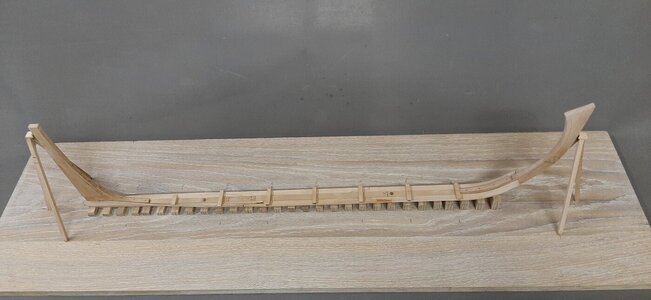

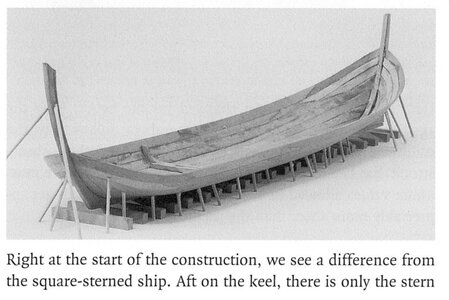
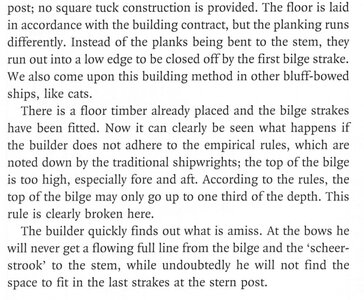
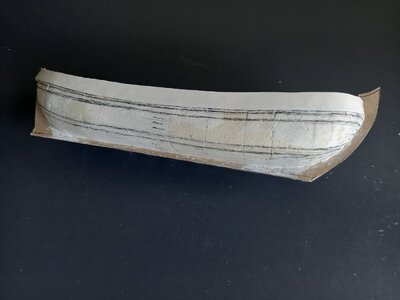
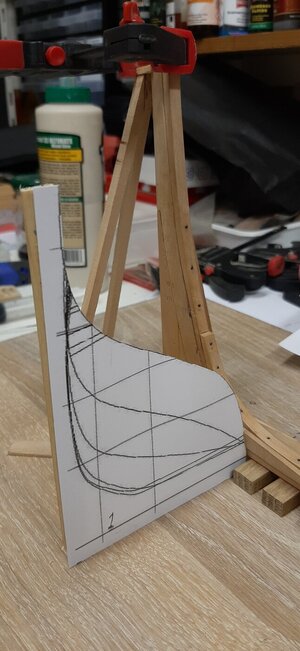
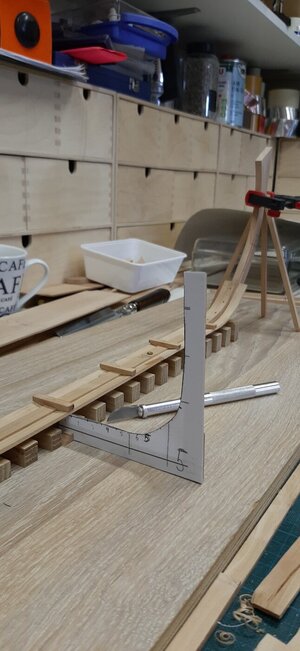
 I will be patience and wait and see how you work this out. It just looks to me very difficult to hold these curved planks next to eachoter and keep the curve in them without extra support. The poles don't look to me enough support. The replica of the 7P gave also a lot of trouble on that point.
I will be patience and wait and see how you work this out. It just looks to me very difficult to hold these curved planks next to eachoter and keep the curve in them without extra support. The poles don't look to me enough support. The replica of the 7P gave also a lot of trouble on that point.